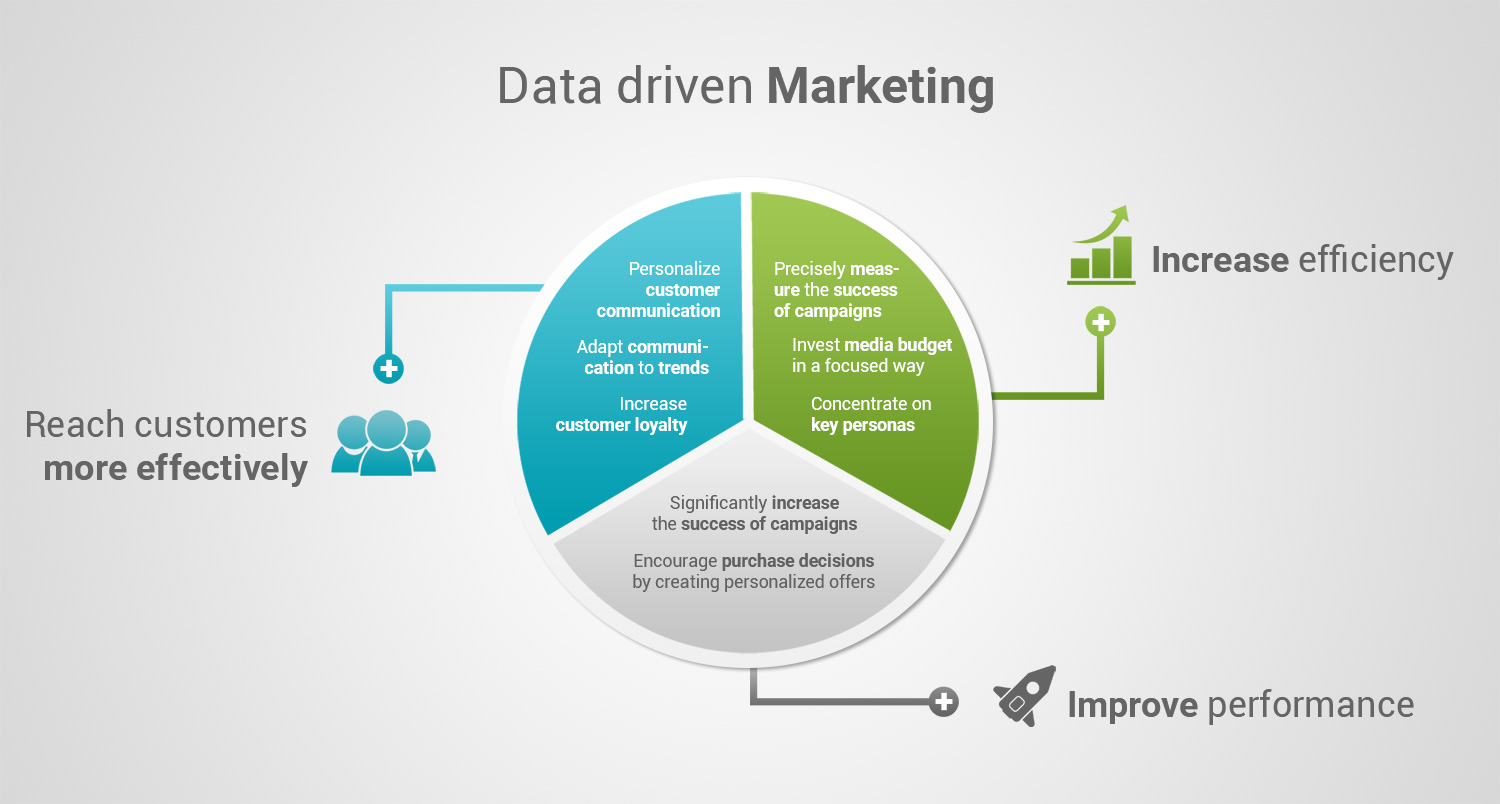This website uses cookies so that we can provide you with the best user experience possible. Cookie information is stored in your browser and performs functions such as recognising you when you return to our website and helping our team to understand which sections of the website you find most interesting and useful.
Data-Driven Approach to Digital Advertising: Measuring and Improving ROI

Digital advertising has become a crucial aspect of modern marketing strategies. As more businesses shift their focus to online platforms, digital advertising has proven to be a cost-effective and efficient way to reach a larger audience. However, the success of digital advertising campaigns depends on how well they are planned, executed, and measured. In this blog, we will discuss the data-driven approach to digital advertising and how it can help measure and improve return on investment (ROI).
What is a data-driven approach?
A data-driven approach involves making decisions based on data analysis and insights rather than intuition or assumptions. It involves collecting, analyzing, and interpreting data to gain insights into customer behavior, market trends, and other factors that impact business performance. A data-driven approach is essential in digital advertising because it helps businesses to understand their target audience, measure the effectiveness of their campaigns, and make informed decisions about future marketing strategies.
Measuring ROI in digital advertising
Measuring ROI is crucial in digital advertising because it helps businesses to understand the effectiveness of their campaigns and make data-driven decisions about future strategies. ROI is calculated by dividing the revenue generated from a campaign by the cost of running the campaign. The higher the ROI, the more profitable the campaign is.
To measure ROI in digital advertising, businesses need to track key performance indicators (KPIs) such as clicks, impressions, conversions, and engagement rates. These metrics help businesses to understand how well their ads are performing and identify areas for improvement.
Improving ROI through data-driven optimization

Improving ROI in digital advertising requires a data-driven approach to optimization. This involves analyzing campaign data to identify patterns and trends, testing different variables, and making data-driven decisions about how to optimize campaigns for better results.
Here are some key optimization strategies that businesses can use to improve ROI in digital advertising:
- Audience targeting: Businesses should use data to identify their target audience and tailor their ads to specific demographics, interests, and behaviors. This helps to improve ad relevance and engagement rates, which in turn can lead to higher conversions and ROI.
- Ad creative: Ad creative plays a significant role in the success of digital advertising campaigns. Testing different ad formats, messaging, and visuals can help businesses to identify the most effective creative for their audience and improve ad engagement rates.
- Landing pages: Optimizing landing pages for conversions can help to improve ROI by ensuring that visitors take action after clicking on an ad. Businesses can use data to identify which landing pages perform best and make data-driven decisions about how to improve them.
- Ad placement: Placing ads in the right location can have a significant impact on ad performance. Businesses should use data to identify which placements are most effective for their audience and optimize campaigns accordingly.
- Budget allocation: Finally, businesses should use data to make informed decisions about how to allocate their advertising budget. Identifying which campaigns, ad sets, or placements are most profitable can help businesses to optimize their spending for better ROI.
A data-driven approach to digital advertising is essential for measuring and improving ROI. By tracking key metrics, analyzing campaign data, and optimizing campaigns based on data-driven insights, businesses can improve ad relevance, engagement rates, and conversions, ultimately leading to higher ROI. As digital advertising continues to play an increasingly important role in modern marketing, businesses that adopt a data-driven approach are more likely to succeed in this competitive landscape.
FAQs
